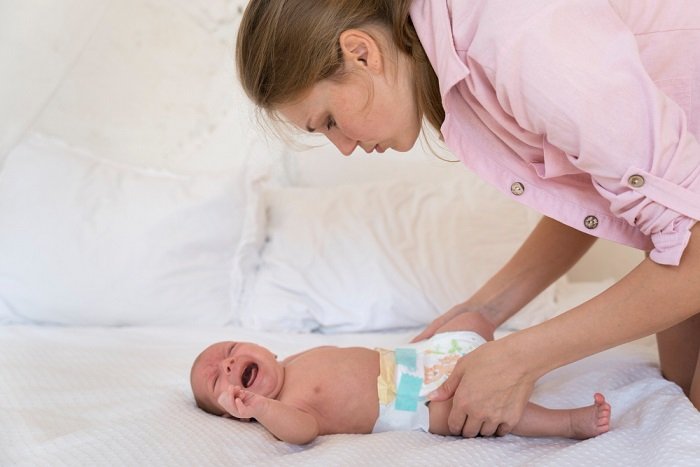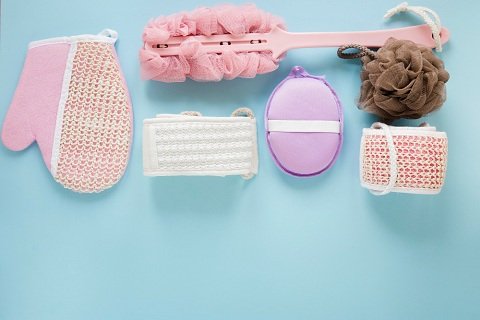Parenthood comes with a multitude of responsibilities, and one of the most essential tasks is ensuring your baby’s comfort and hygiene. A significant aspect of this care involves regular diaper changes. As a parent, it’s crucial to understand how often you should change your baby’s nappy to maintain their well-being and avoid discomfort or irritation. With the plethora of options available in the market, including trusted nappies like BabyLove Nappies, finding the right balance and frequency is essential for your baby’s health and happiness.
Importance of Timely Nappy Changes
Babies have delicate skin that is prone to irritation and diaper rash if left in a wet or soiled nappy for too long. Urine and feces can create a warm, moist environment, leading to bacterial growth and skin irritation. Additionally, prolonged exposure to wetness can cause discomfort and increase the risk of diaper dermatitis.
Determining the Ideal Frequency
The frequency of nappy changes varies depending on several factors, including your baby’s age, diet, and activity level. Newborns typically require more frequent changes, as they have small bladders and bowel movements can occur several times a day. As babies grow older and their bladder capacity increases, the frequency of diaper changes may decrease.
General Guidelines for Nappy Changes
- Newborns (0-3 months): Aim for changing your newborn’s nappy every two to three hours, or whenever it becomes wet or soiled. During the night, you may need to change their nappy during feedings to ensure uninterrupted sleep.
- Infants (3-6 months): As your baby grows, you may extend the time between nappy changes slightly, but it’s still essential to check and change their nappy every three to four hours during the day and as needed at night.
- Older Babies (6+ months): By the time your baby reaches six months or older, you can typically change their nappy every four to six hours during the day, and less frequently at night if they sleep through without waking for feeds.
Signs That It’s Time for a Nappy Change
Apart from following a general schedule, it’s crucial to pay attention to your baby’s cues. Signs that indicate it’s time for a nappy change include:
- A soiled or wet nappy.
- Your baby seems uncomfortable or irritable.
- The nappy feels heavy or swollen.
- Redness or irritation on the diaper area.
Choosing the Right Nappies for Your Baby
Selecting high-quality nappies is paramount for your baby’s comfort and skin health. BabyLove Nappies offer a range of options designed to keep your baby dry and comfortable for extended periods. It’s advanced technology ensures superior absorption, leakage protection, and a snug fit to prevent leaks and discomfort. With options suitable for newborns, infants, and older babies, BabyLove Nappies provide peace of mind for parents while prioritising the well-being of their little ones.
Conclusion
Ensuring your baby’s comfort and hygiene begins with understanding how often to change their nappy. By following general guidelines and paying attention to your baby’s cues, you can maintain their skin health and prevent discomfort. Choosing high-quality nappies, such as BabyLove Nappies, further enhances your baby’s comfort and protection, allowing them to stay dry and happy throughout the day and night. Remember, a little attention to nappy changes goes a long way in ensuring your baby’s well-being.




